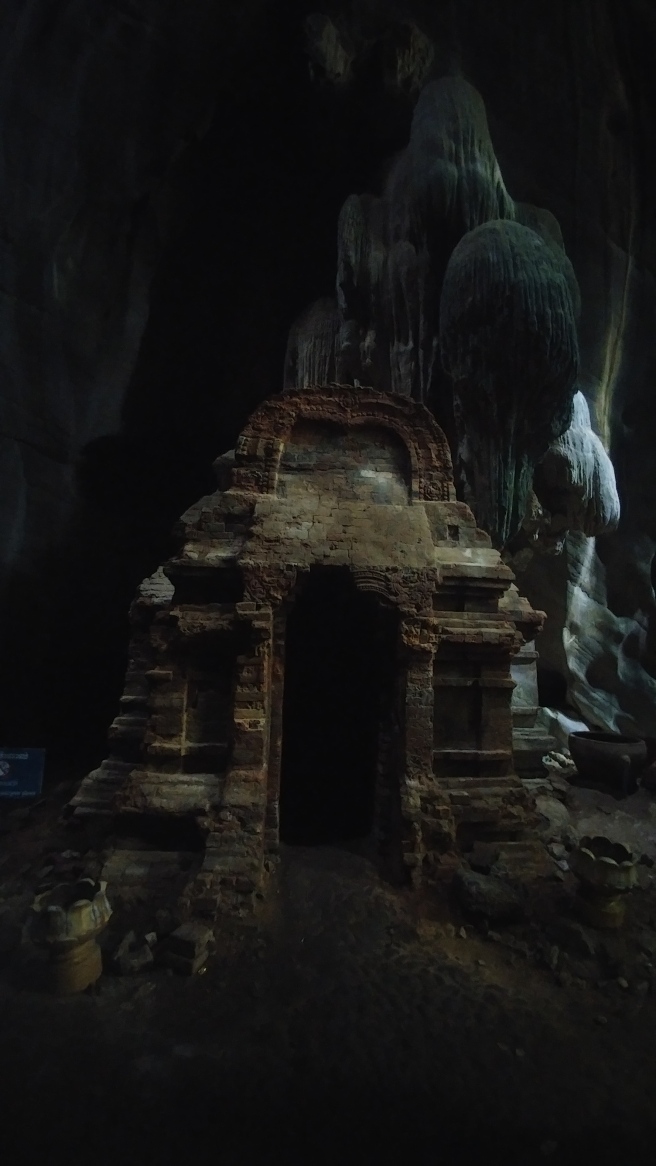Despite this being my third time in Cambodia, I have never made it to the beautiful Kampot.
I was in awe of the scenery. I haven’t yet seen a place in Cambodia with so many mountains (or hills, I suppose). Most of my weekend was unfortunately consumed by studying, given that my final test is coming up in only four days now. Fortunately my hotel had a pool, so I was able to take a dip every so often and lay out in the sun while I studied.
I did manage to make it out just a little on Saturday morning. I went to see a cave in one of the nearby mountains, and also to visit a pepper farm.
My guide and I clambered up 200 or so steps. I chose to take the easy route, as my guide pointed to a cliff and said the hard route used only vines to climb up the surface. Given the inside of the cave, I don’t doubt it. The cave had a beautiful little temple dating clear back to the 1300’s, even before Angkor wat, a Hindu temple dedicated to the god Shiva. The way down was the really interesting part: the drops were steep, climbing through the cave and sometimes lowering myself down about six feet or so. The truly terrifying part was when I had to climb upwards on the side of the rocks directly next to a twenty foot drop to craggy rocks below. I was painfully aware the drop would cause some serious injuries, but we made it through safe and sound.

Kampot is known for its pepper, a major export which is highly praised by cooks around the world for its qualities. The farm I visited was called La Plantation, which prides itself on organic growing and uses no chemicals in their production. They also provide housing for their workers, should they choose to live on the farm.
Growing the pepper is a complicated and carefully designed process. First, the ground is tilled and any large rocks or roots are removed. Four-meter poles are placed in the ground to tie the growing pepper plant to. After one month the sprouts come up out of the dirt. After one year the plants are as tall as the poles, but the pepper isn’t ready yet; for the first two years, the flowers are trimmed off because the pepper isn’t of a high enough quality. The third year, they begin harvesting.
After harvest, the pepper is processed to become red, white, or black. All three come from the same plant, but are treated differently after harvest to produce the different varieties. The black comes from green kernels. The red is soaked and sundried, or the skins are removed to create white pepper. The farm also produces long pepper, and a tiny kernel called pearl pepper.
In addition to growing pepper, the farm also produces saffron and other various herbs.
Overall, a lovely and much-needed getaway.




